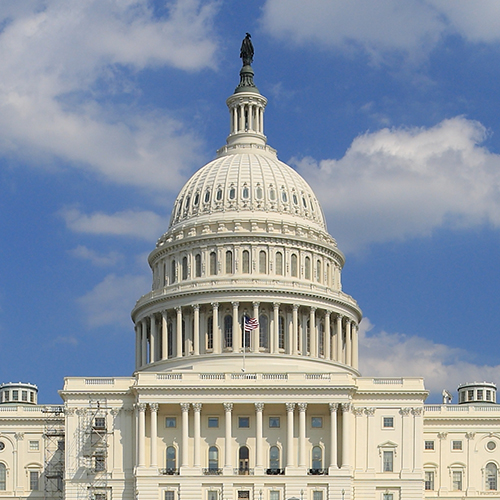It’s 11 am and oppressively hot. Half a dozen students work in an open field in Embudo, New Mexico, the sun scorching them as they prepare the soil with rakes and spades. For a month, this will be their classroom as they learn about agroecology, literally from the ground up.
UW anthropology and American ethnic studies professor Devon Peña, whose family owns a farm in Colorado, created the month-long UW Acequia Agroecology and Permaculture Field School to share his passion for working the land. His farm is part of an unusual and isolated high-altitude farming community in the Upper Rio Grande, stretching from Colorado to New Mexico, that embraces traditional farming and irrigation methods adapted to arid or semi-arid conditions. Most of the farming families are Native American or Chicano; many have farmed the land for more than six generations.

“It’s a very unique place,” Peña says of the community. “It includes the oldest continuously operated family farms in the U.S. and the largest restored commonland on the planet—80,000 acres shared by about 600 families. We’ve had visitors from colleges and universities from all over the country come to study our methods. I thought, ‘Why isn’t the UW coming here?’”
We've had visitors from colleges and universities from all over the country come to study our methods. I thought, 'Why isn't the UW coming here?'
Determined to bring the UW on board, Peña created a course that combines readings about agroecology and permaculture—farming methods modeled on natural ecosystems—with hands-on projects.
Peña identified appropriate projects on several farms in Colorado and New Mexico. Some students worked on design and construction of a dispensa, a storage structure built of locally harvested wood without the use of nails. Others built a horno, or adobe clay oven. Still others worked on the design and reconstruction of a system of terraces that had been damaged. The students also attended classes, completed reading assignments, prepared group presentations, and recorded their observations in journals.
Throughout their stay, the students met with local farmers who shared their knowledge of permaculture farming methods and philosophy. “Not enough recognition has been given to the indigenous source of permaculture,” says Peña. “All of the practices were developed by indigenous people at some point. I want students to learn the science behind it, but also the cultural history—its roots in indigenous cultures.”

Central to farming in this community is theacequia, or communal irrigation canal. Peña explains that acequia translates to “the one who bears the water” and represents an ancient way of managing water equitably. In his community, all farmers must abide by the acequia guidelines to ensure fairness. “None of this happens without a community of people with the values to make it happen,” says Peña, referring to the acequiaspecifically and permaculture farming in general.
This isn’t Shangri-La, however, and Peña acknowledges that there are occasional conflicts. “I don’t want to suggest that it’s all rosy,” he says. “The last thing I’d want to do is present some fantasy that doesn’t exist. There’s always the threat of defection, the threat that people will want to treat water as a commodity.”
Students learned this firsthand when they rebuilt terraces on the farm of Don Juan Estevan Arellano, a renowned scholar of the history of acequias. The terraces, a traditional method for farming on slopes, had washed out due to a neighboring farmer’s negligence while irrigating.
Arellano explained that terraces should be built with the contour of the land, and that the same careful observation is important when irrigating. When water flows too fast, it signifies erosion. Unfortunately Arellano’s neighbor was not attentive to the signs and regularly left his water running all night, allowing it to flow onto Arellano’s terraces and cause damage.
When student Clare Morrison recalls this story, what she remembers most is not the neighbor’s actions but Arellano’s own deep respect for the land and traditional farming methods. “Estevan has written extensively about the concept ofquerencia, or strong connection to a particular landscape,” Morrison wrote in her journal. “As he spoke about his relationship to the land, the term took on a new meaning for me.”

Like Morrison, others in the group were moved by community members’ deep sense of place. “This place, it’s like a time warp,” says Peña. “The students got to see a part of the U.S. that is so far off the map, where the relationship of people to place strengthens their relationship to each other. For many of the students, this was an epiphany. It opened their eyes to a whole different way of being in this world.”
After leading the field school, Peña was “so tired I slept for three days,” he says. But he hopes to offer the program again next summer. The farmers, impressed by the students’ commitment and hard work, are also ready to repeat the experience with a new group next summer.
They may see some familiar faces drop by as well.
“I made great bonds with the folks there,” says John McClung, a double major in anthropology and environmental studies. “One farmer gave me seeds that had been in his family for quite a bit. I found this place to be home away from home and I am staying in contact with all the farmers who fed us and taught us. I plan on finding every reason I can to come back and work with these folks again.”
On his blog, Devon Peña shares excerpts from his students’ journals. To view the blog, click here.
More Stories

Is This Presidential Campaign Different?
UW History professor Margaret O'Mara provides historical context for this moment in US presidential politics.

Democracy by the Numbers
Mathematics and Democracy, an undergraduate mathematics course, explores the role of math in many aspects of democracy, from elections to proportional representation.

Making Sense of This Political Moment
To navigate this momentous election season, Arts & Sciences faculty suggest 10 books about the US political landscape.